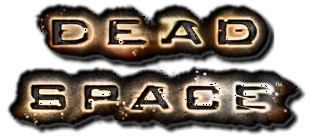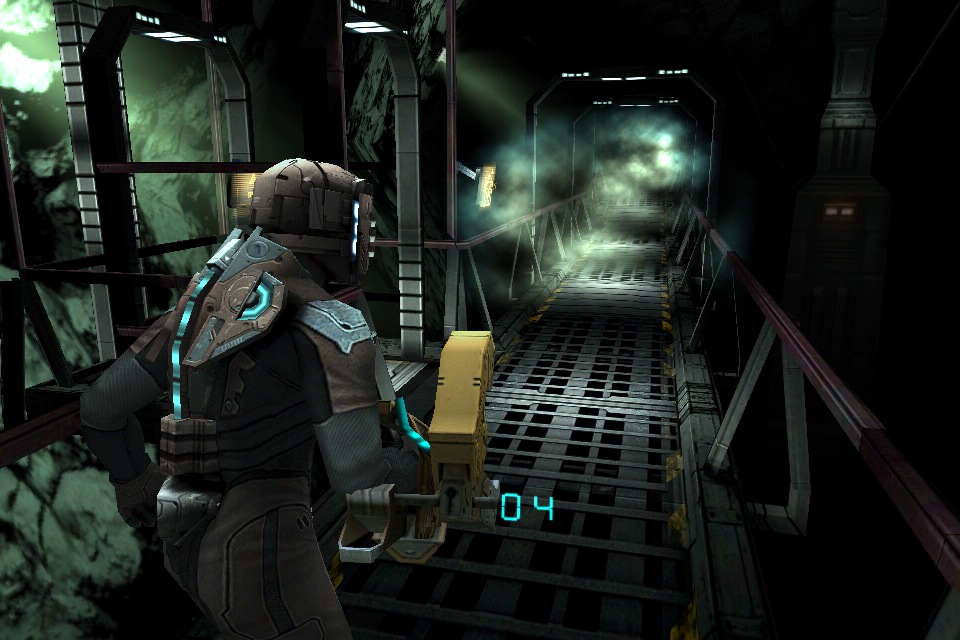For those that haven't noticed, Windows PowerShell has really taken the world by storm over the last 12 to 15 months. Microsoft has a strong internal initiative to provide PowerShell support for all of their server applications and operating systems. The technology caught on so well that we are starting to see heavy usage of PowerShell outside of Microsoft as well. All three major hypervisor vendors are now providing PowerShell capabilities in their products via PowerShell cmdlets. In fact, we are now seeing some storage vendors like Compellent and NetApp driving their own PowerShell initiatives.
What does all this PowerShell mean? Simply put, we now have a single technology that can be used for scripting automation and management that crosses all four major layers of the virtualization stack.
Underlying Infrastructure (Storage and potentially Network)
Hypervisor
Operating System
Applications
The adoption of, and education surrounding PowerShell is a hot strategic goal for systems administrators in 2009 and heading into 2010. At Vizioncore we are also embracing PowerShell as a strategic internal initiative to provide maximum flexibility to our customers and integration partners. You will see us pushing forward with projects like Virtualization EcoShell, which is entirely focused on PowerShell management, as well as with our new vRanger 4.0 DPP. PowerShell will be changing the way people think about managing their infrastructures, and we are prepared to be on the front line of this movement.
In order to use PowerShell scripting to resolve this issue you will need two components at a minimum:
Microsoft Windows PowerShell - Command line shell and scripting language that helps IT professionals achieve greater control and productivity (I'm not that cheasy, I ripped it off from Microsoft's website).
VMware Infrastructure Toolkit - Powerful yet simple command line interface for task based management of the VMware Infrastructure Platform (again, stolen).
Virtualization EcoShell TM (optional) - Desktop application for novice and expert IT administrators leveraging Windows PowerShell scripts across their multi-platform virtual environments.
Check back on this blog as I provide Tips and Tricks, as well as real-life examples of how PowerShell management of your Virtual Infrastructure can open up some significant possibilities to you as an administrator. For now, I've provided some useful links to help you get started.
Virtualization EcoshellTM
VMware VI Toolkit Community
Alan Renouf's Virtu-AI Blog
Hal Rottenberg's Managing VMware Infrastructure with Windows PowerShell TFM


